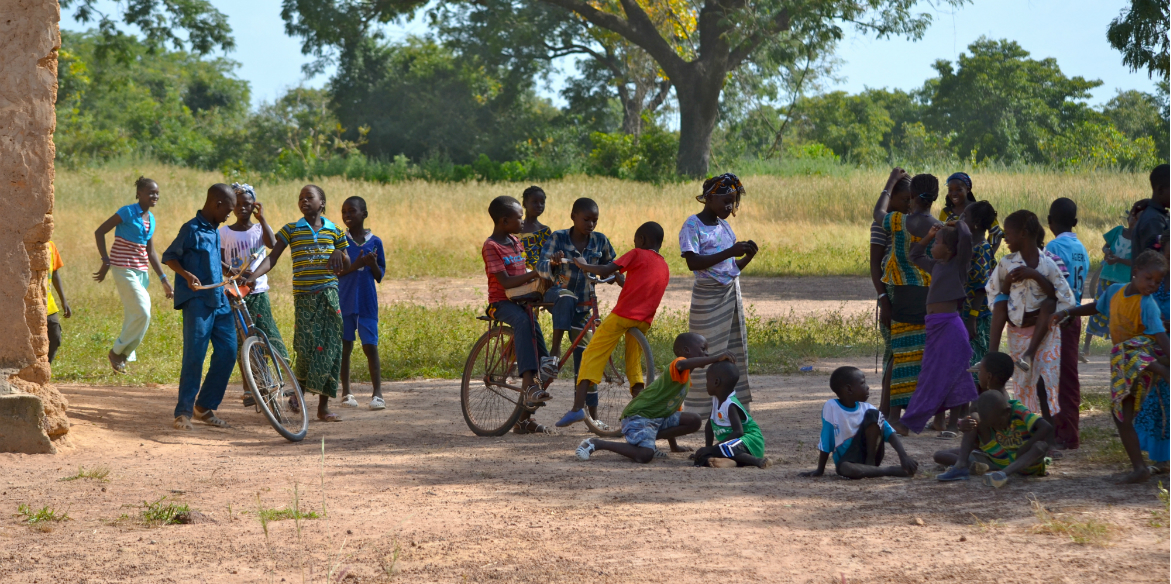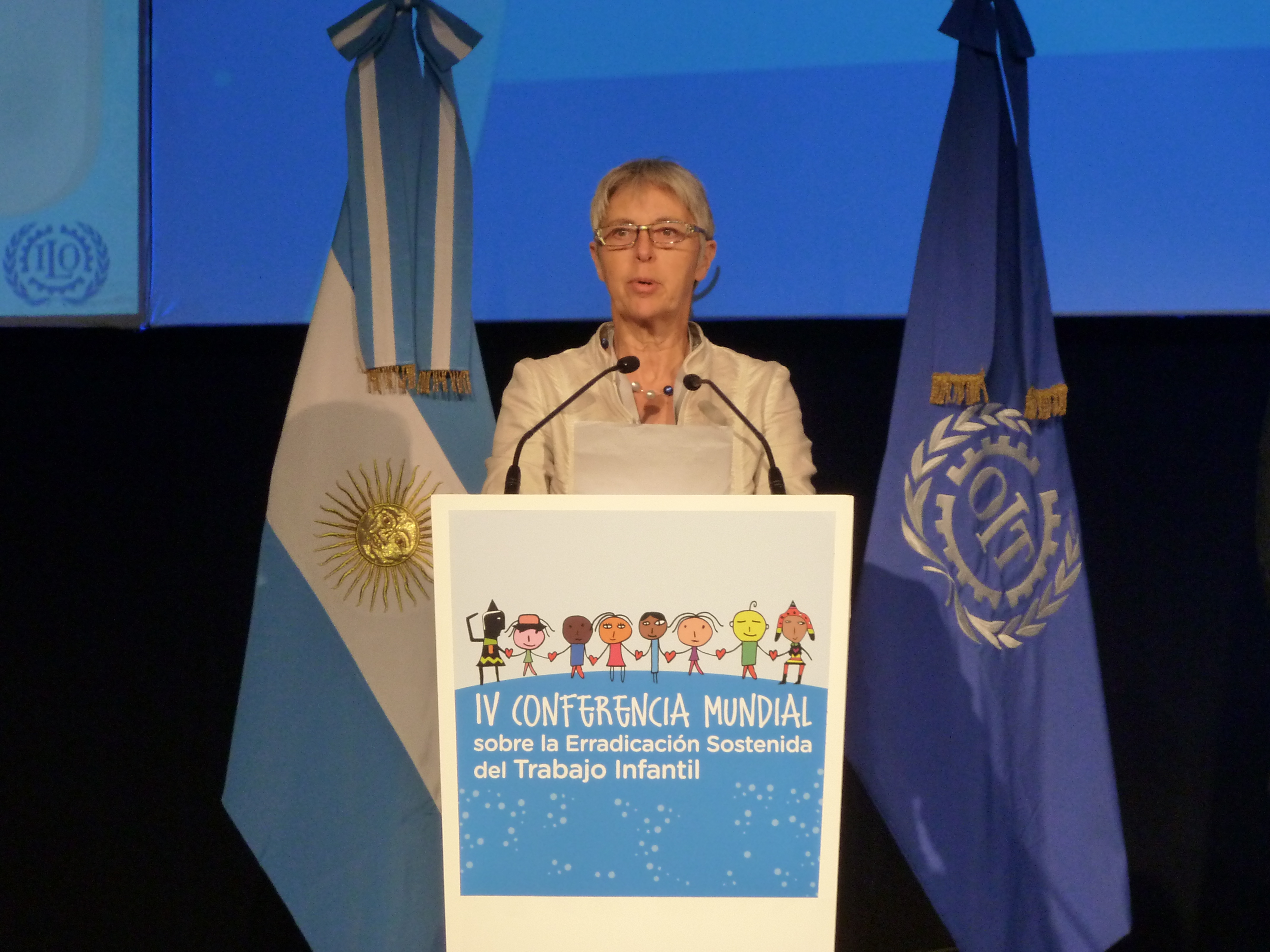A child labour free zone is a defined area, such as a village or a plantation, where everyone is convinced that ‘No child should be working, every child should be in school!’ Teachers, local authorities, village leaders, employers, parents and children in these zones work together to get children out of work and into school. Child labour is no longer accepted because all children are entitled to good, full-time education.
All forms of child labour
In a child labour free zone, no distinction is made between different forms of child labour; every child is entitled to education. The focus is not on child labour in specific sectors or the ‘worst forms of child labour’, but on all children who work and do not go to school.
Power of the community
If everyone takes their responsibility, all children can go to school. Activities are initiated within existing community groups, in cooperation with local authorities, to ensure the rights of all children. Adults learn how they can make ends meet without the income generated by their children, for instance by participating in savings and loan groups and developing income-generating activities. Poverty is no excuse.
Extra focus on former child workers
Bridging programmes are organised to prepare former child workers for mainstream education. Special attention is given to these children in mainstream education to ensure that they can finish school.
Good primary and secondary education and decent work
The government is responsible for providing good education, so Stop Child Labour partners call on governments to fulfil their duty. At the same time, parents learn how they can assert their rights so that their children can receive at least 15 years of formal education. The community also helps older children (15-18 years) to complete secondary education or vocational training so that they can find decent work. This enables families to break the vicious cycle of poverty and communities and countries to improve their socio-economic situation in a sustainable way.
Child labour free zones worldwide
Child labour free zones start small, but gather a lot of momentum. The concept of child labour free zones was introduced in 1992 by the Indian organisation MVFoundation, which in the past two decades has helped get over 1 million children out of work and into school. Today, there are child labour free zones in Africa, Asia and Latin America.
Child labour free zones Handbook
To share experiences and inspire others to implement and support the area-based approach towards child labour free zones, the international Stop Child Labour movement has developed a handbook with experiences from around the world. The handbook ‘5×5 Stepping Stones towards creating Child Labour Free Zones’ is available in different languages:
Downloads
- 5×5 Stepping Stones towards creating Child Labour Free Zones’ (pdf)
- 5×5 Trampolines para crear zones libre de trabajo infantil (pdf)
- 5 x 5 Éléments essentiels pour la création de zones libres de tout travail d’enfant’ (pdf)



